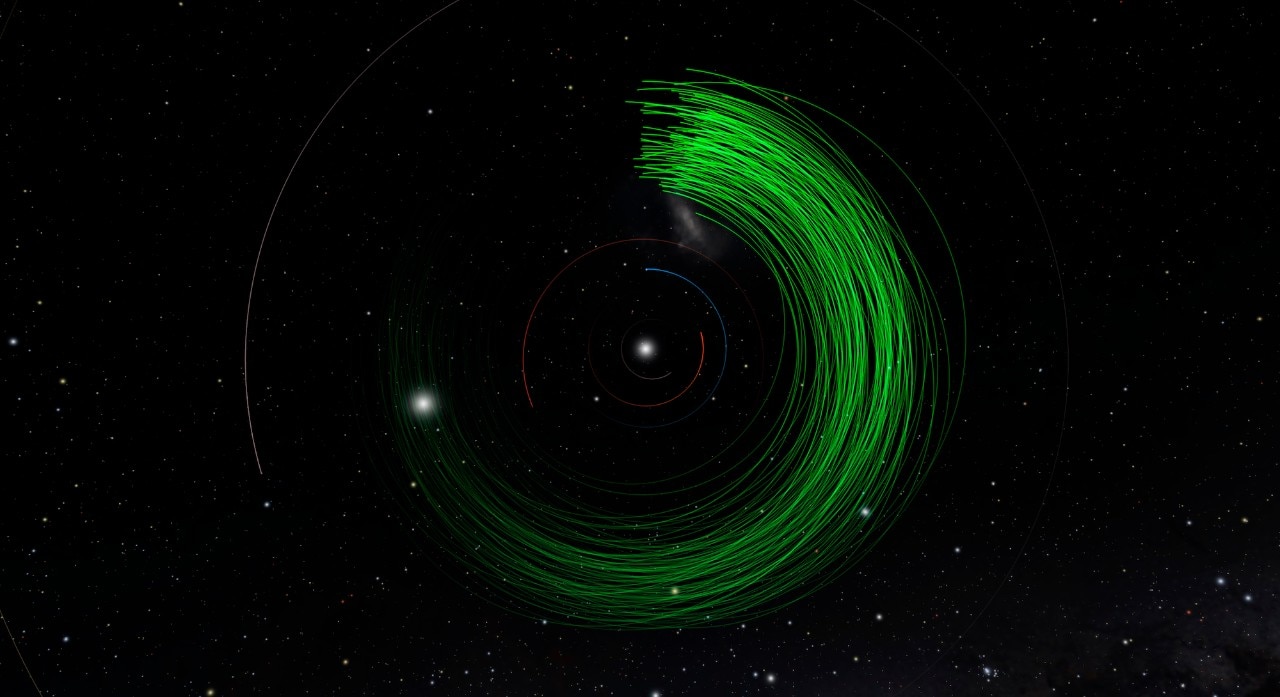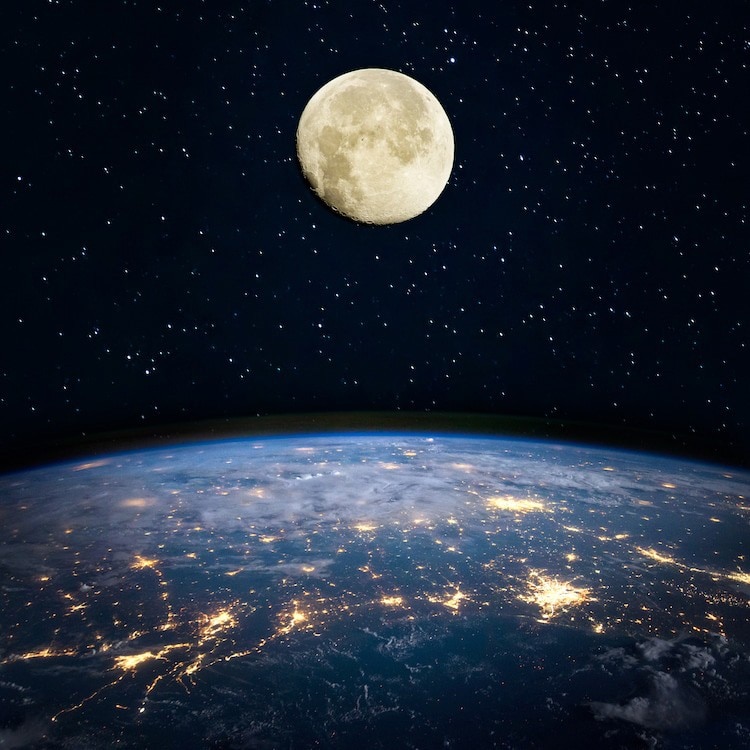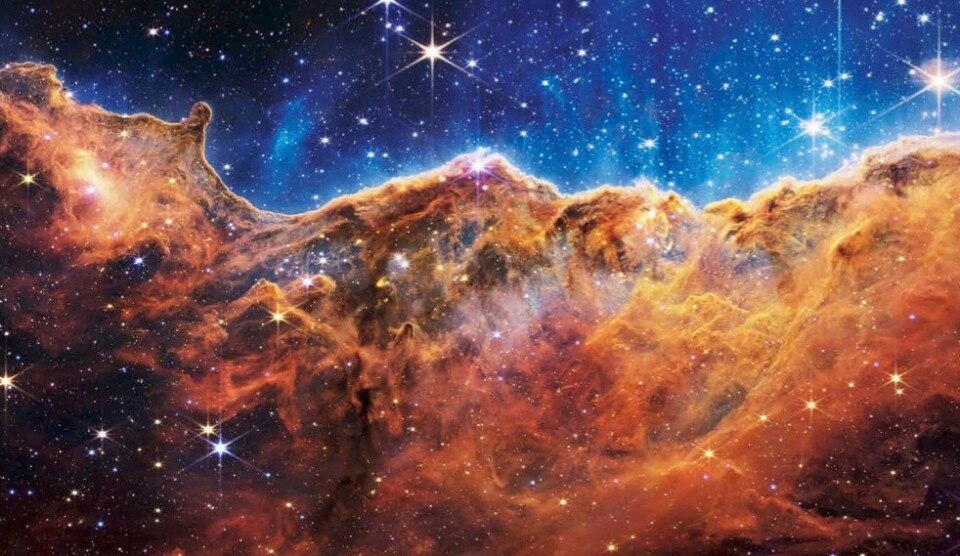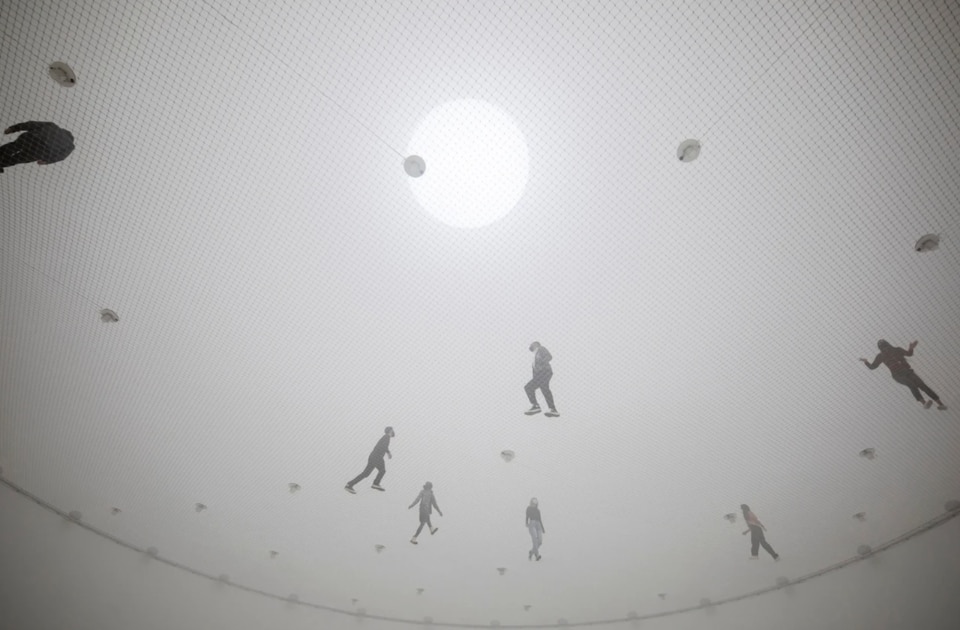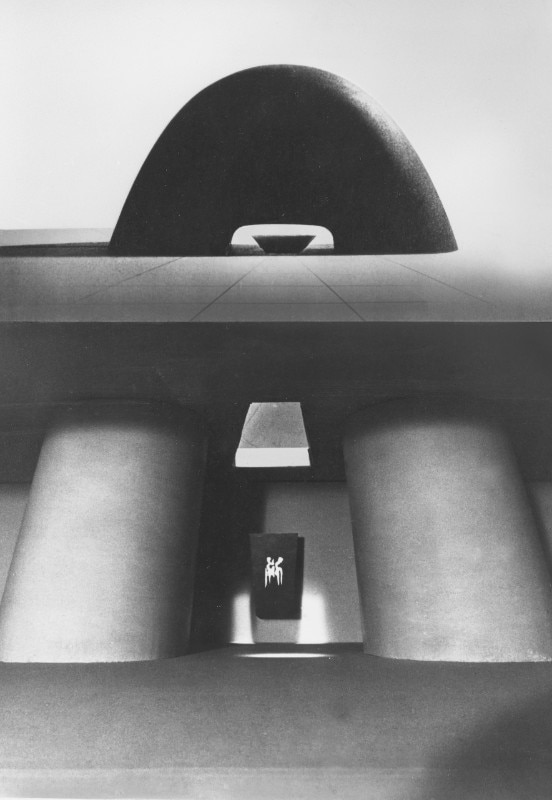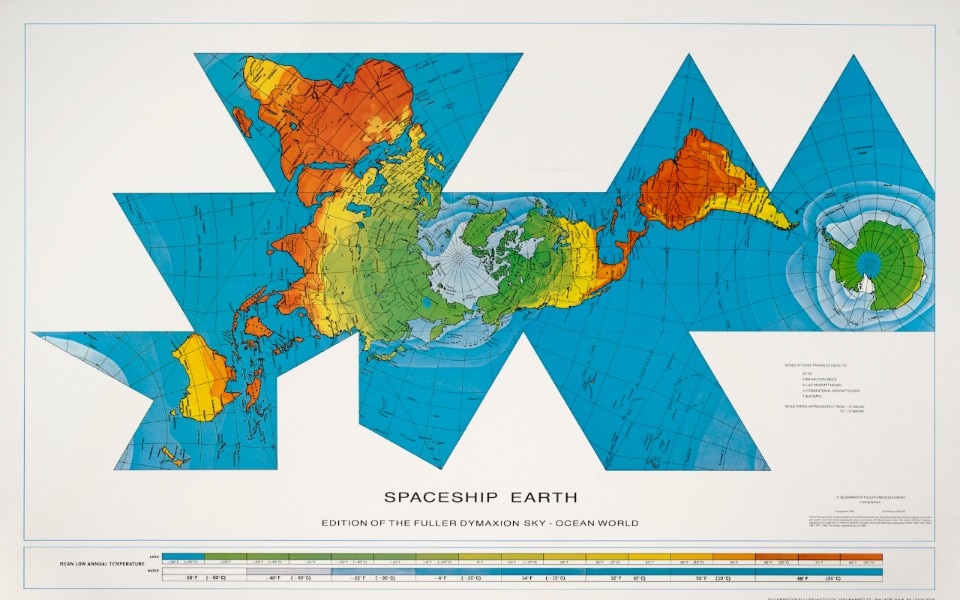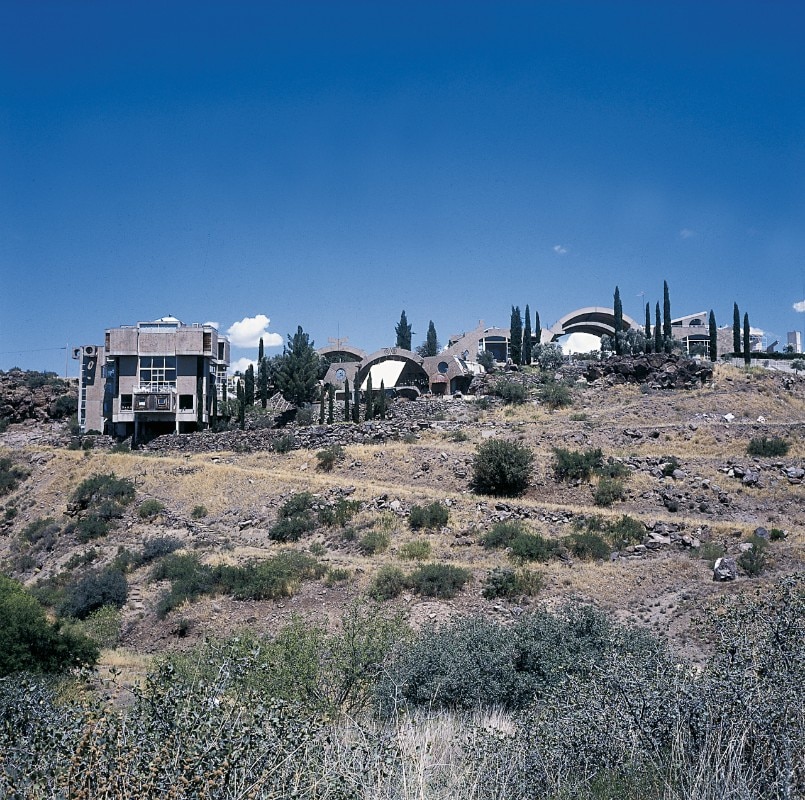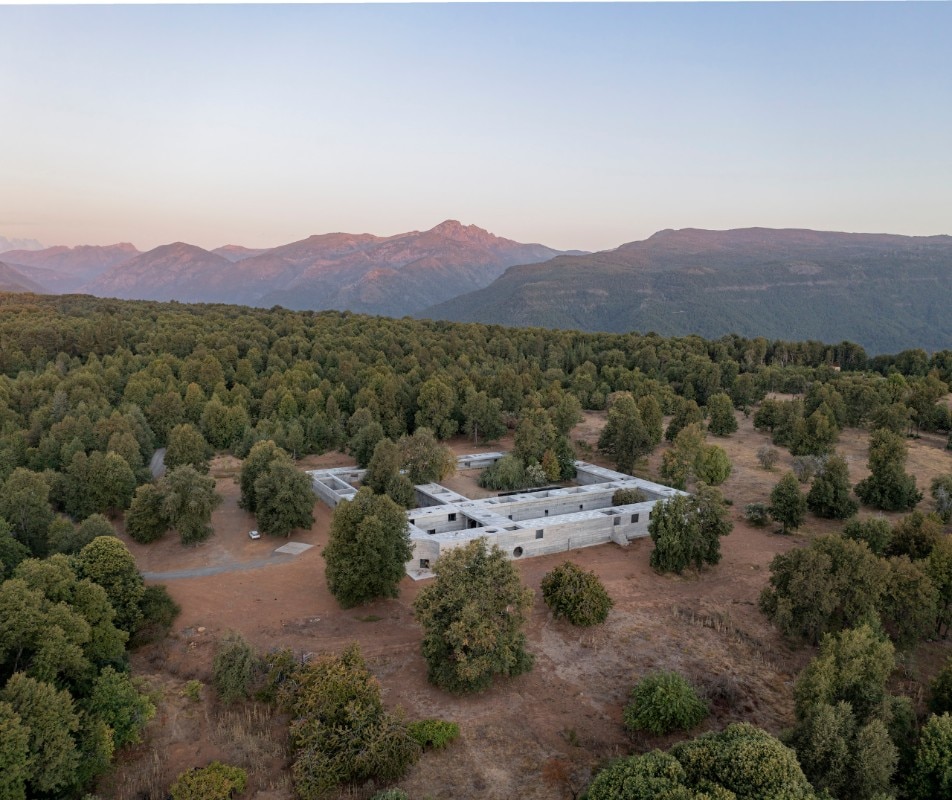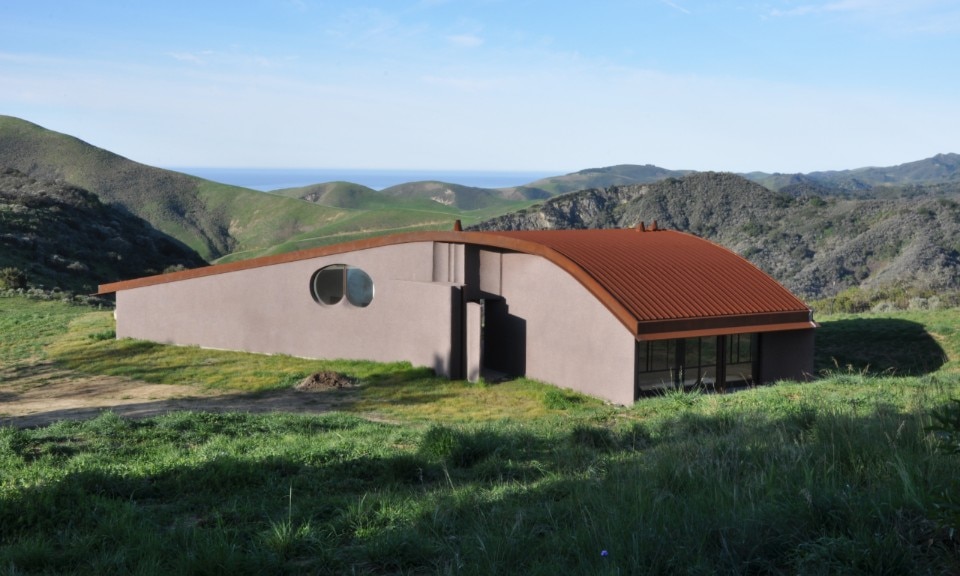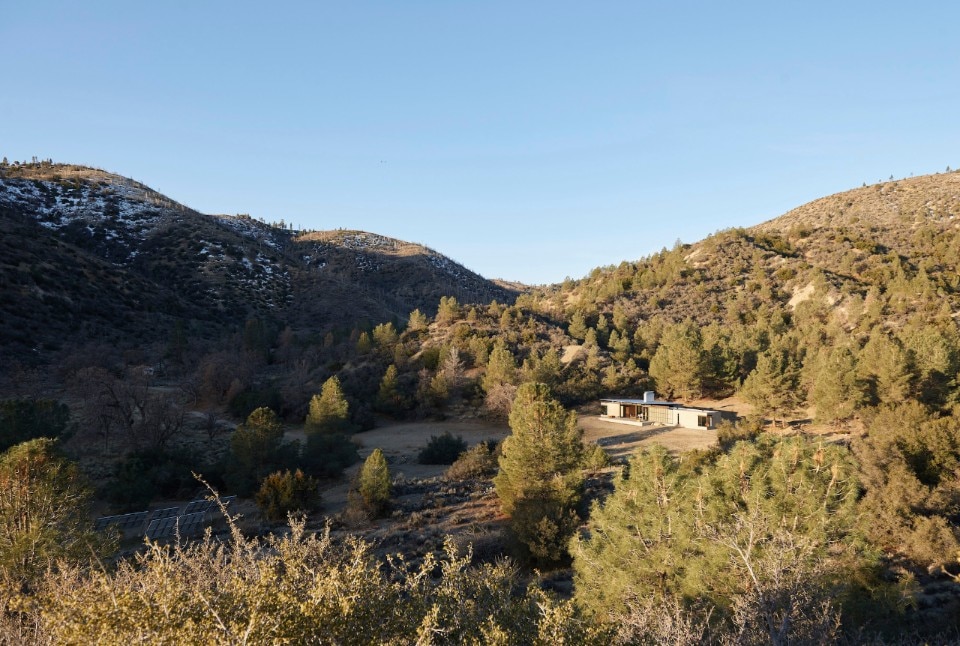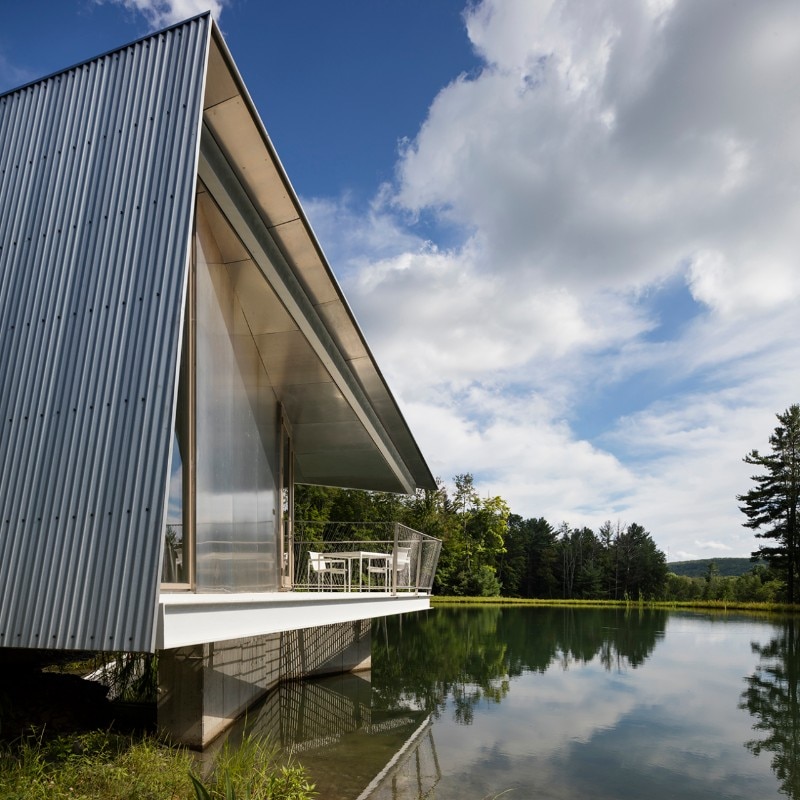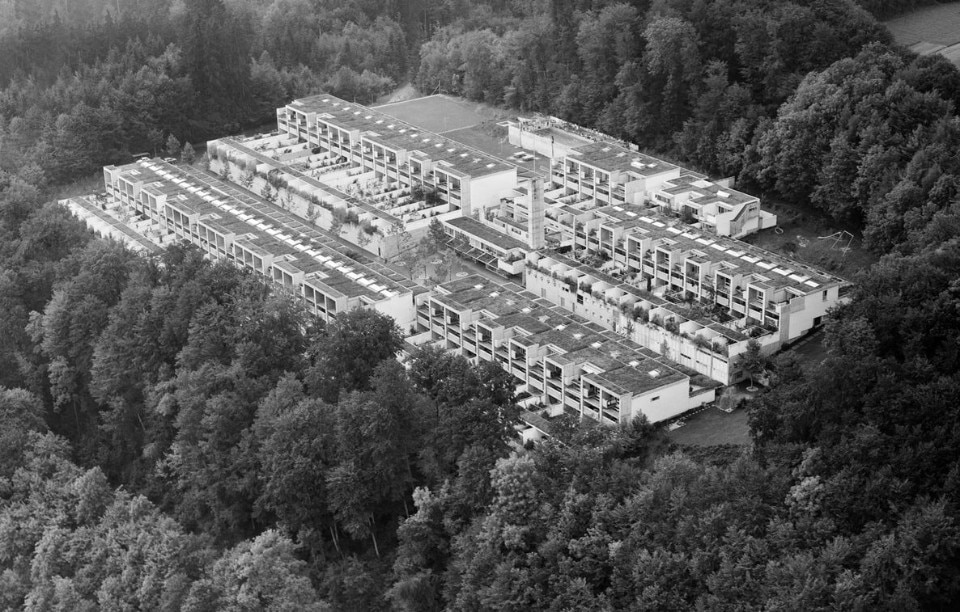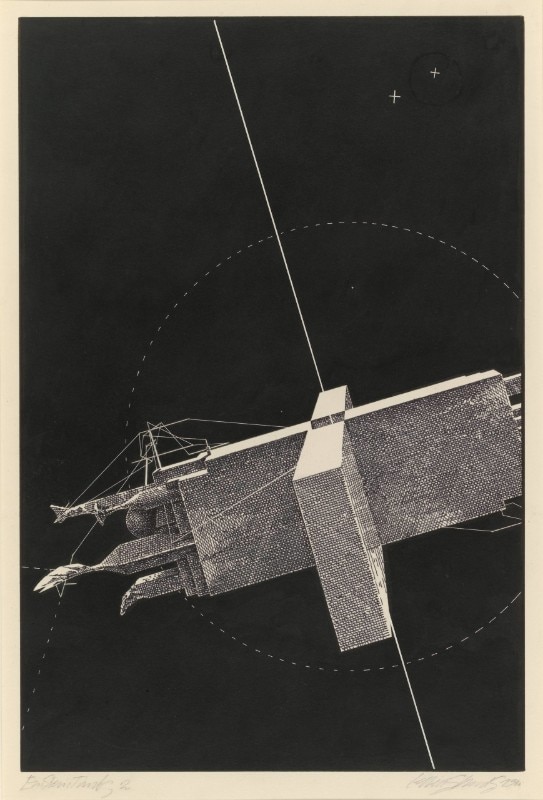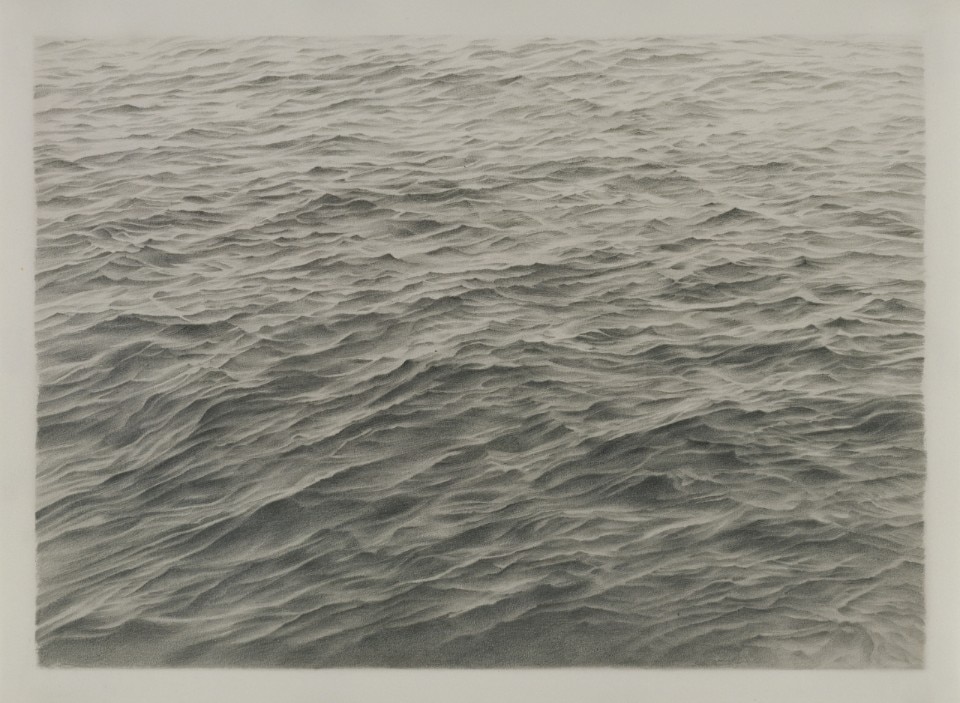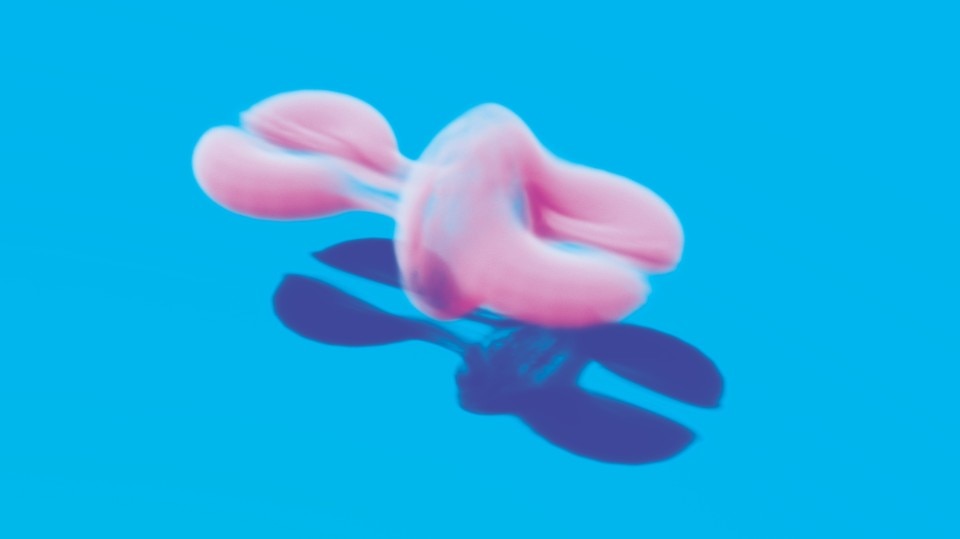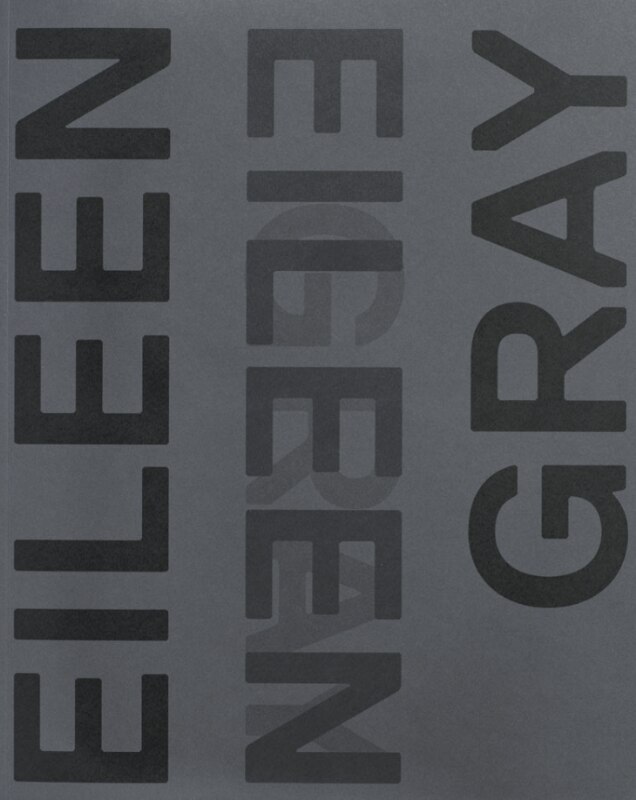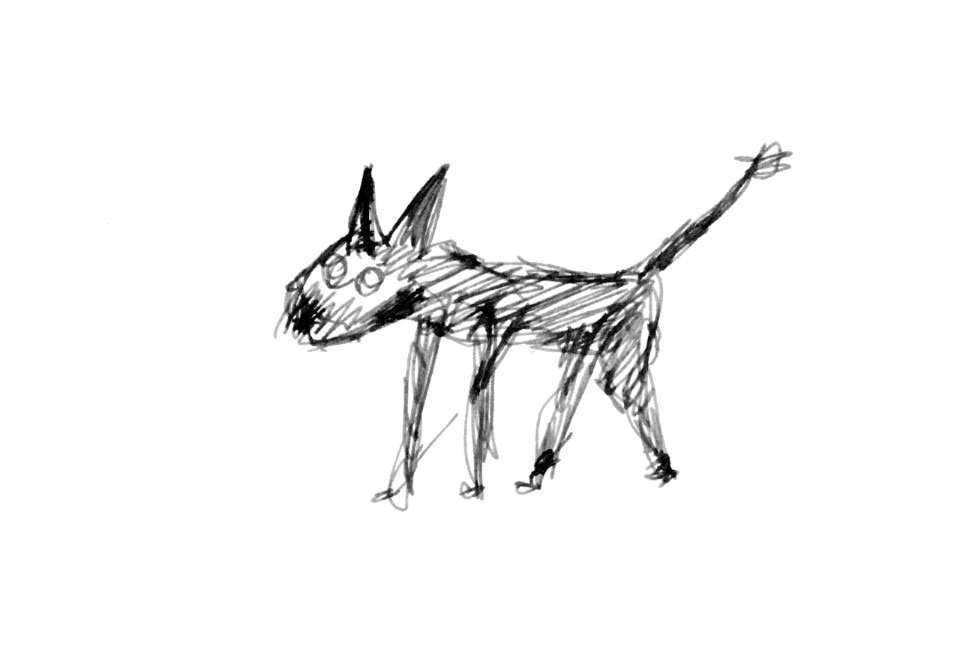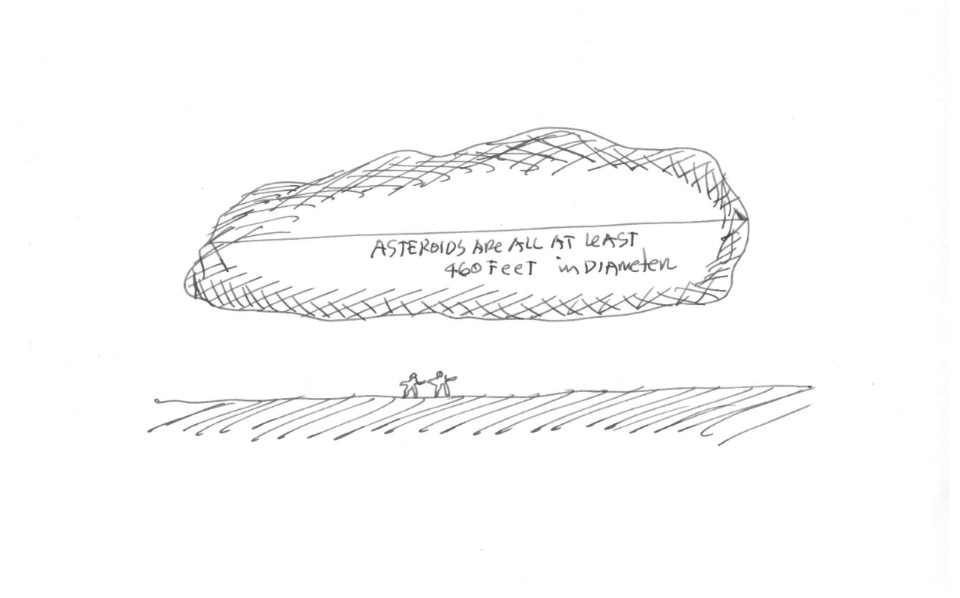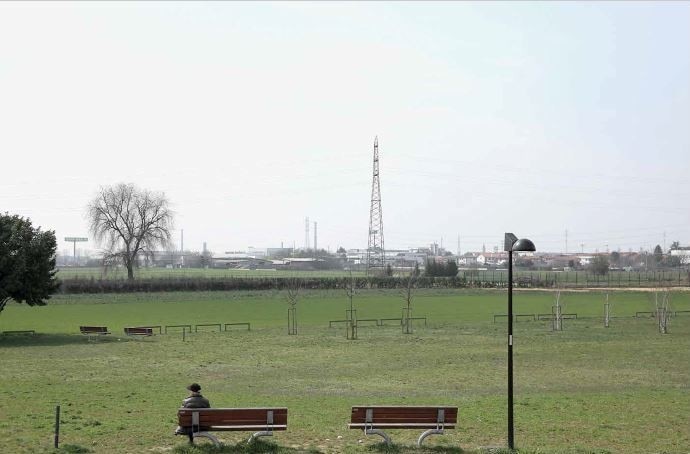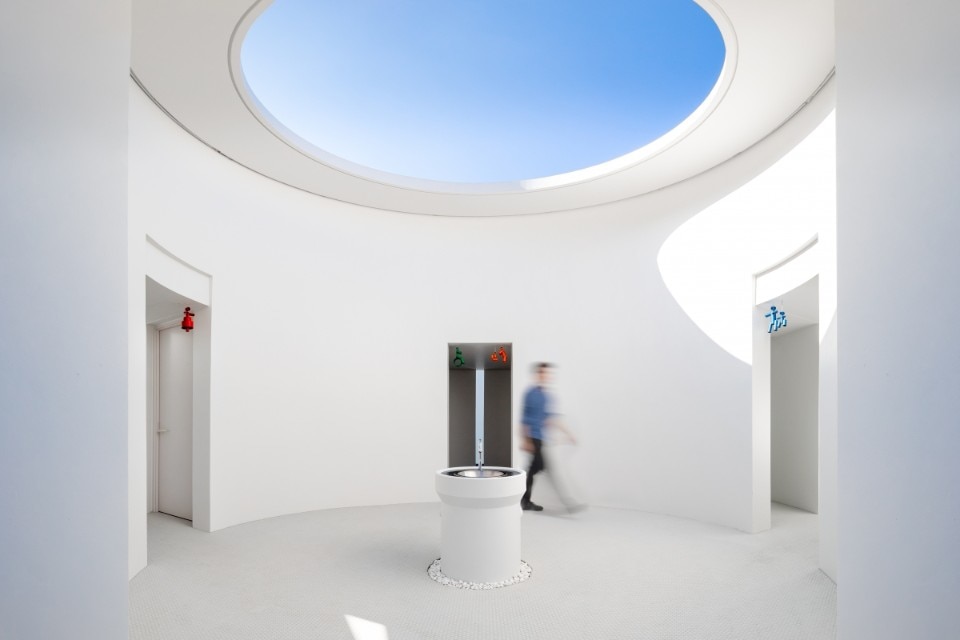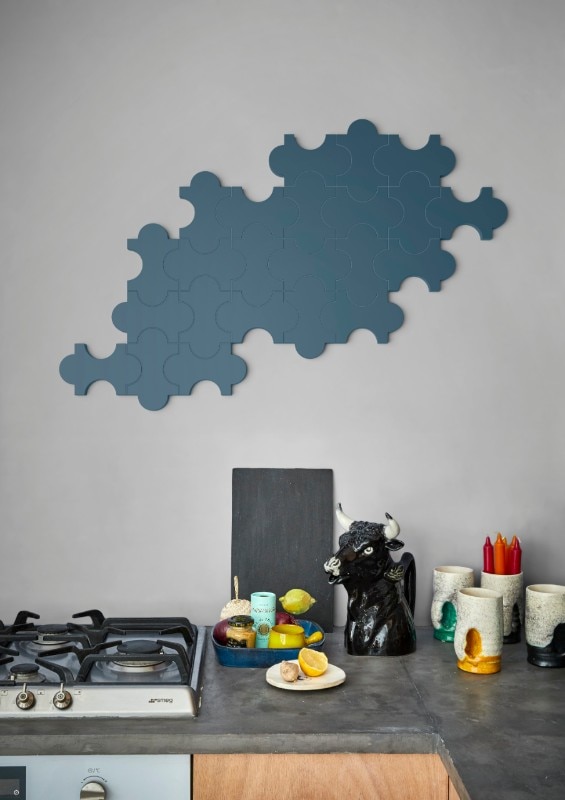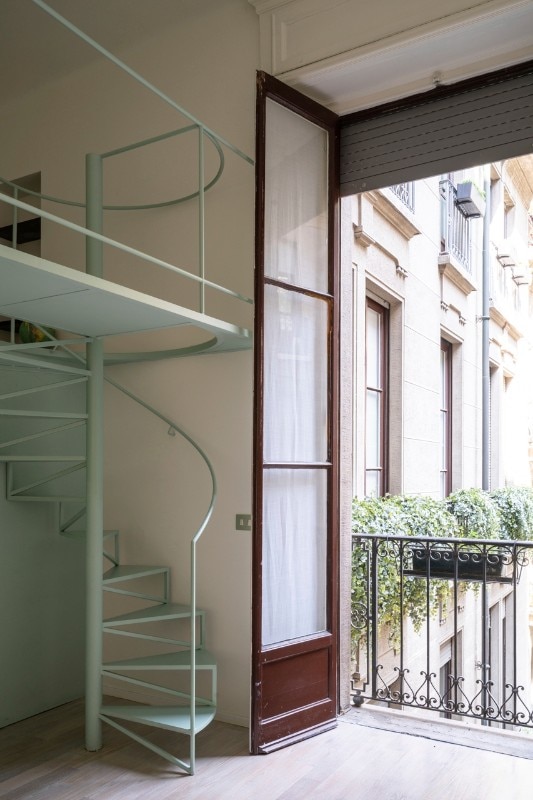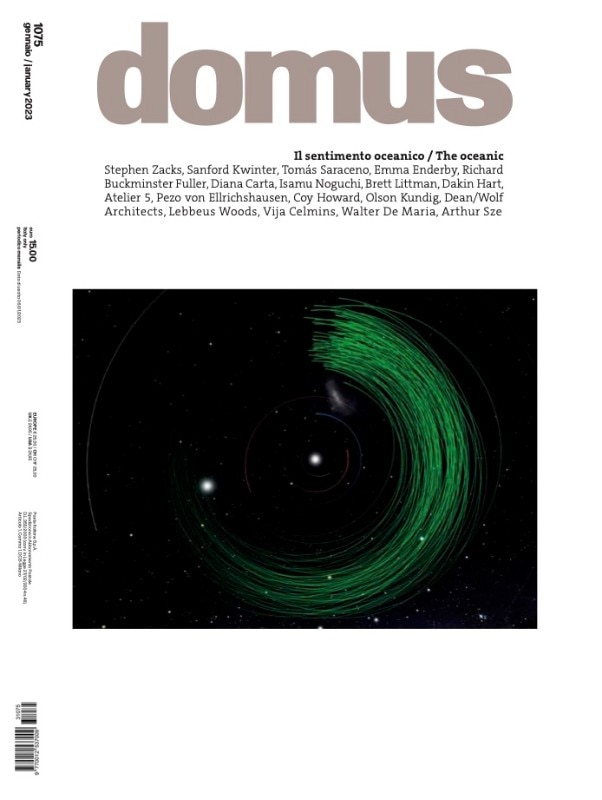The January issue of Domus, the first edited by new Guest Editors Steven Holl and Toshiko Mori, focuses on a broader view of life on Earth. Holl, in his Editorial, explains the goal of developing theories that address our current condition through a “theory of action” that embodies ideas into new creations, a challenge for all architects, artists, and designers. “Wilson’s concept of ‘half the Earth’ places biodiversity at the center of any future urban theory of landscape development,” writes the architect. “In this perspective, human-centric theory is overturned, as the migratory routes of biodiverse species are considered more important than horizontally expanding city patterns.”
This is followed in Essays by Stephen Zacks, according to whom the technical triumph embodied by the James Webb Space Telescope evokes the current movement back to a design practice more respectful of the planet’s resources. Emma Enderby writes about artist Tomás Saraceno’s latest project, for which viewers are invited to perceive the environment with their bodies, as arachnids do, and move through the multiplicity of worlds, suggesting how it is our narrow perception that separates the Earth into multiple parts. Diana Carta describes Richard Buckminster Fuller’s Dymaxion planisphere, within which is a worldview still relevant today, where sharing is the prerogative for human survival. Next, Brett Littman and Dakin Hart recount The memorials, never made, for the victims of the Hiroshima atomic bomb and the tombstone from outer space. Closing the section are the words of Sanford Kwinter: while the validity of the concept of “half the Earth,” popularized by E.O. Wilson, remains to be proven, it is clear, on the other hand, that there is only one world and we do not know how to manage it, nor is it our job to do so.
For the Architecture section, Steven Holl selected examples of two design typologies: rural villas guarding a protected landscape and dense settlements that concentrate the space of the built environment and contrast it with horizontal development. The Chilean architecture firm Pezo von Ellrichshausen aggregates 12 bodies, separated by exposed seismic joints, and creates a secluded space in the landscape that is cloister and labyrinth, detachment and enigma, abstraction and nature. Coy Howard designs the studio for artists Jay and Ellen McCafferty by following the confirmation of the California landscape and replicating its colors and forms. Olson Kunding designs a residence that draws on the idea of tents around a campfire and develops a cruciform layout. Finally, the Ephemeral Edge Austerlitz by Dean/Wolf Architects is a structure is designed to respond to the artificial topography of the site and connect with the water.
Next, we recount through the Archive the Siedlung Halen complex in Bern, Atelier 5’s first residential project. The project espouses the principles of modern architecture and combines constructive rationality and speed of execution. The lifestyle of the inhabitants and the balance between privacy and sharing defines the units and common spaces. Then, American architect Lebbeus Woods envisions a celestial cenotaph for Albert Einstein, a ship traveling through the cosmos on a beam of light.
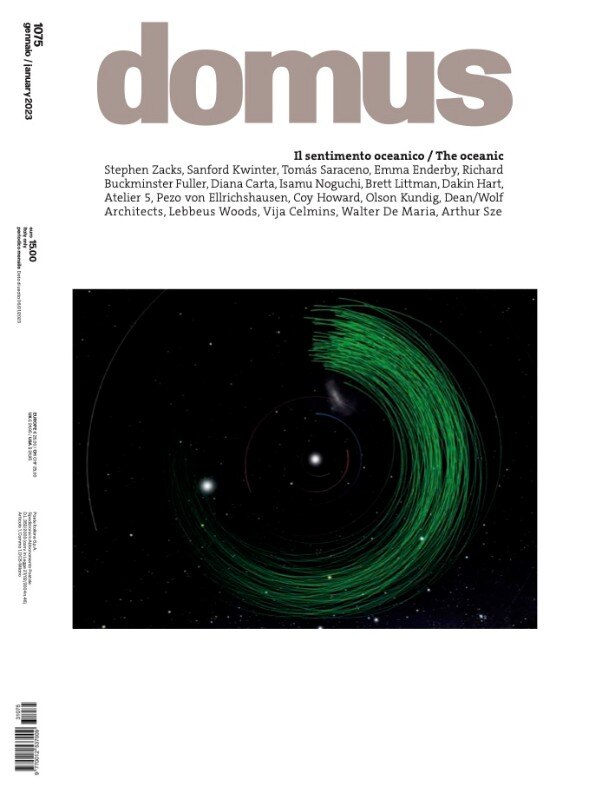
The Art column opens with the work of Latvian American artist Vija Celmins, playing with the ambiguity of scale to invite a confrontation with the gap between limited and infinite. Holl then narrates the work of Walter De Maria, who evokes an oceanic feeling, invisible in its depths, calling attention to the Earth and its issues.
In closing, the Guest Editor recounts the issue’s cover story, inspired by hitherto unknown asteroids discovered: indeed, B612 used cutting-edge computing power to process old images-412,000 in total-from the archives of the National Optical Infrared Astronomy Research Laboratory, the NOIRLab, to identify asteroids found among the 68 billion points of cosmic light captured in the images.
This month’s Diary, pages dedicated to current events, is opened by the Travel in Italy section, where Editorial Director Walter Mariotti takes a yearlong journey along the peninsula. We investigate a strategic issue for the entire country: the fragility of its territory. Next, Alessandro Benetti talks about the elegant pavilion by T2P Architects is the centerpiece of the new plaza entrance of the Kansei Kogyo company, which specializes in managing and cleaning sewer systems. Giulia Ricci talks with Enrico Molteni, designer of two apartments characterized by different details and color choices: pastel green for Via Vivaio and light blue for Via San Simpliciano. For Companies, we recount the Marazzi Group: From its origins in the mid-1930s to its entry into the Mohawk Group to its recent acquisitions, the CEO recounts a company journey spanning nearly 90 years.


